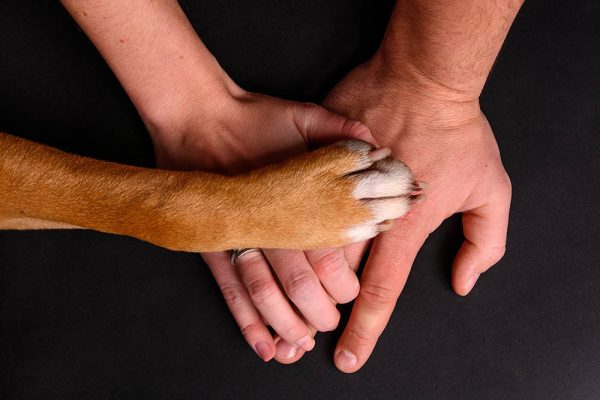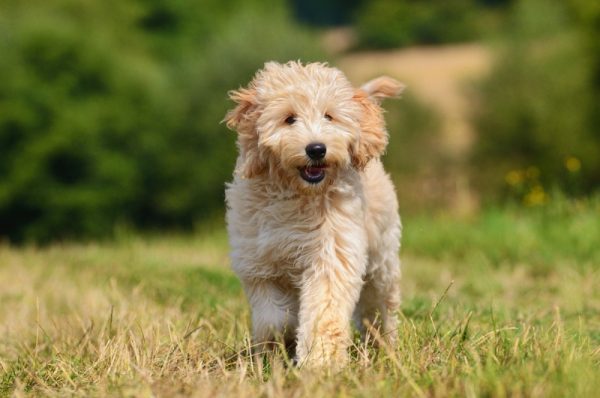In this article
View 3 More +In 1877, the Maltese wowed the public with their refined looks and toy dog charm at the first Westminster dog show. If you’re considering a Maltese as your new pet, you may be wondering: Should I get a male or a female? Although myths about the differences in the sexes have persuaded some people to favor females, male and female Maltese are not that much different. That said, females tend to be more dominant and typically harder to handle until they have been spayed. Males bond with their human family easily, and females tend to be more aloof but still loving.
If you’re searching for a loyal dog that never leaves your side, the male is an ideal choice. Females are more independent, but they get less anxious when you are away from the house and are easier to leave alone than males. Physically, though, the dogs are practically identical, and either sex can have adorable hair styles. Read on to learn more!
 Visual Differences
Visual Differences
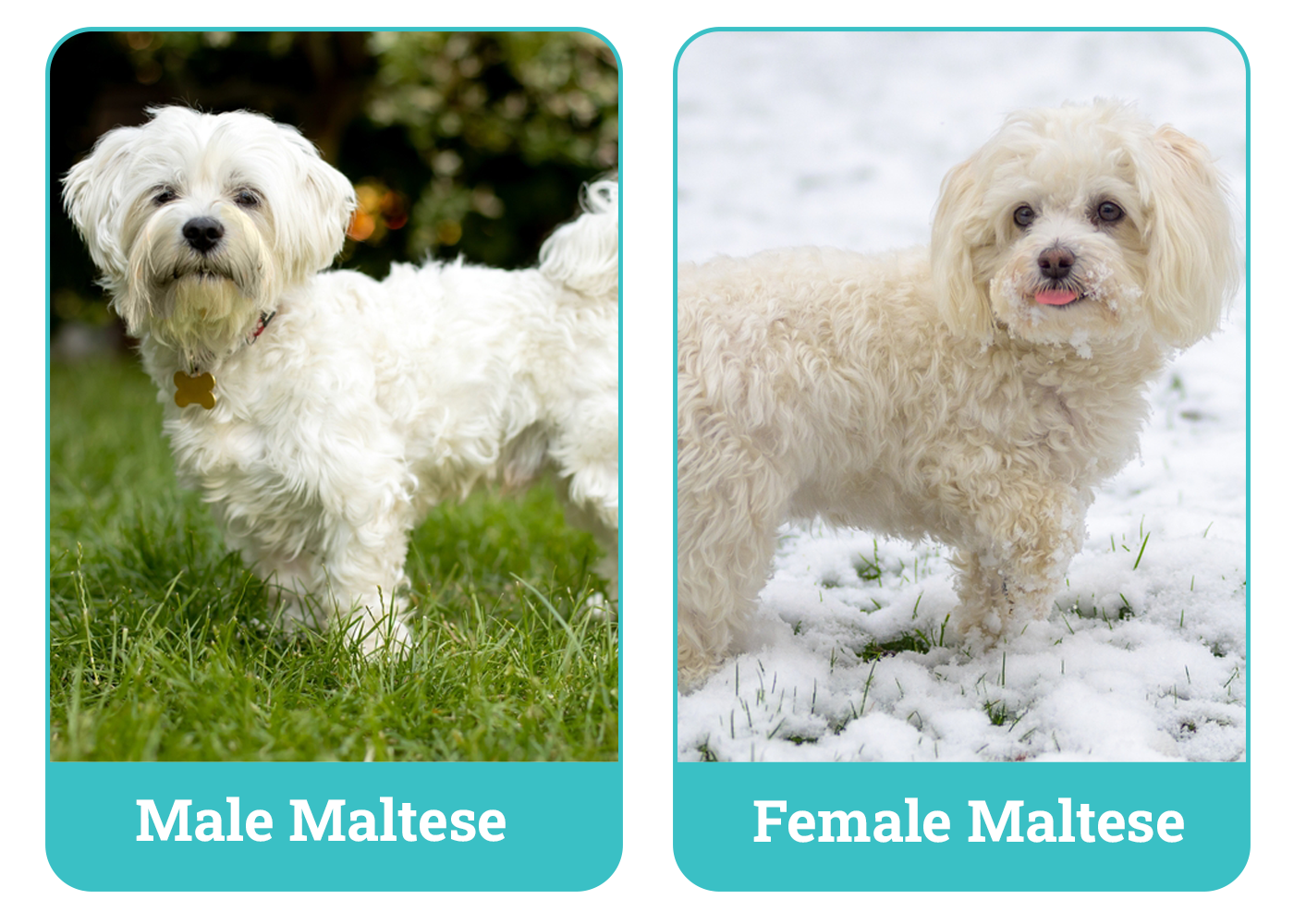
At a Glance
- Average height (adult): 8–10 inches
- Average weight (adult): Under 7 pounds
- Average height (adult): 8–9 inches
- Average weight (adult): Under 7 pounds
 Maltese 101
Maltese 101
The legacy of the Maltese breed originated on the Italian island of Malta sometime after 1500 B.C. The Phoenicians brought the dog to the island after they conquered it, but Chinese breeders saved the dog from extinction after the fall of Rome and began mating the dogs with Chinese toy breeds. Over the centuries, the breed has developed a strong following; Aristotle even commented on the dog’s impressive symmetry. The ancient Greeks respected the Maltese so much that they placed them in tombs when they died.
The animal with a long, straight coat and adorable, large black eyes is a favorite of dog shows and breeders worldwide. Regardless of their small stature, Maltese are not afraid to show their disapproval when a stranger passes by. Maltese are excellent watchdogs, but their cautious nature is diminished after they are fixed.
Maltese have few health issues and typically live 12 to 15 years. They’re energetic creatures that love to show off their athletic prowess, and some owners regularly enter the dogs in agility contests. Although they’re great for families, the puppies need training and constant supervision when living with young children.
Male Maltese Overview
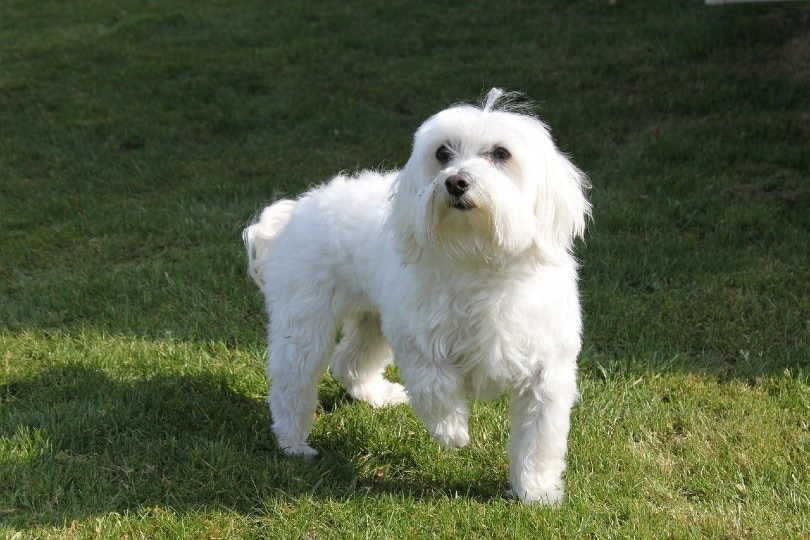
Personality / Character
Male Maltese are lovable characters that bond quickly with humans. Male puppies are more aggressive than females, but their temper calms after they’re neutered. Males love playing catch and other games with their families, and their running speed is a sight to behold. Males are more likely to follow you around all day and lie in your lap when they’re feeling lazy.
Training
Male Maltese are intelligent dogs that learn new tricks fast, but they’re more energetic than the females, and they often get distracted during training. After they’re neutered, they’re less likely to mark their territory or try to hump your leg. Training a male requires plenty of treats for rewards, but fixed males are much easier to train than intact males.
Health & Care
Maltese are healthy dogs, but they require daily grooming to keep their coat healthy. Vets recommend brushing their coats at least once a day and giving them frequent baths and conditioners to keep their fur vibrant. Most Maltese are full of energy, but a daily walk or an hour of play in the yard should satisfy their exercise requirements. Like many toy dogs, their teeth can become a problem unless they’re brushed often. Cleaning their ears can prevent an infection, and since their nails grow fast, they need to be clipped every few weeks.

Breeding
If you’ve browsed breeder listings for Maltese dogs, you probably noticed a significant difference in the price for males and females. Males can cost up to $1,000 less than their female counterparts. Since demand is so high for females, the price is much higher, and they are sometimes harder to find. The misconception that males are less cuddly and girly than females has disrupted the Maltese breeding market.
Males are ready to breed when they’re 6 months old, and they can get aggressive when they smell a female in heat.
- Loving and loyal
- Respond well to new humans and other pets if they’re trained properly
- With proper training, great with kids
- Get distracted with training
- More aggressive until they’re neutered
Female Maltese Overview

Female Maltese are lovable dogs, but they’re more reserved than males. Unlike the males, females like to claim a spot in the house as their own. When new people enter the house, they may escape to their hiding spot for alone time. Since they’re the “leader” half of the breed, females are more likely to display their dominance before they’re fixed. Marking their territory and leg humping can become problems when young, but they seldom exhibit the behavior after they’re spayed.
Females are more suspicious of strangers, and they’re less likely to treat their human family members equally. They often bond with one person closely and pay little attention to others. Females are just as agile as males, but their temperament is calmer and more mature. They don’t enjoy playing games as much as the males, but they still display their love to their owners. However, they would rather sleep in their favorite, private spot rather than curl up in your lap.
Training
Compared to males, females are easier to train. They respond to commands quickly and seldom have problems getting distracted during a training session. Like the males, they need daily exercise, but a quick walk around the neighborhood should keep them healthy. Although training females is less challenging, they perform better in training after they’re spayed. Before being fixed, they tend to exhibit their dominant behavior and may mark their territory on the furniture.
Health & Care
Females live slightly longer than males, but their longevity depends on whether they’re fixed. Although they have few medical problems, females can develop an infected uterus or mammary tumors. Vets suggest getting your female fixed before her first heat to prevent the conditions. Since they can have puppies by the time they’re 4 months old, you have a brief period before they should be fixed.

Breeding
Although females are physically capable of breeding at a young age, most breeders wait until the dogs are 6 months old before they find them mates. Breeders are more protective of their female stock because they’re more valuable and in greater demand than males. When females are in heat, the experience hits them hard, and they often become fussy and uncomfortable around people. Vets suggest using doggy diapers when they’re menstruating if you’re planning on breeding the dog.
- Well-tempered and intelligent
- Can learn tricks and rarely get distracted during training
- Suspicious of strangers
- Less likely to bond to more than one human
- Fussy before getting fixed
Two Males or Two Females?
If you’re going to purchase two Maltese puppies, which is a better fit: two males or two females? When they’re well-trained at a young age, any combination of males or females will make great pets. However, young females get along better with other males. Two female adolescent Maltese are much more likely to fight than two male dogs.
Females that are fixed before their first heat get along better with other Maltese and other breeds, but two male puppies are easier to handle even before they’re fixed. The personality of both sexes is also influenced by their breeding stock, and you’re more likely to find well-behaved, healthy puppies from an experienced and trusted Maltese breeder. Spending time with a breeder’s collection of male and female Maltese will give you an idea of their behavior and help you decide if you can handle two.
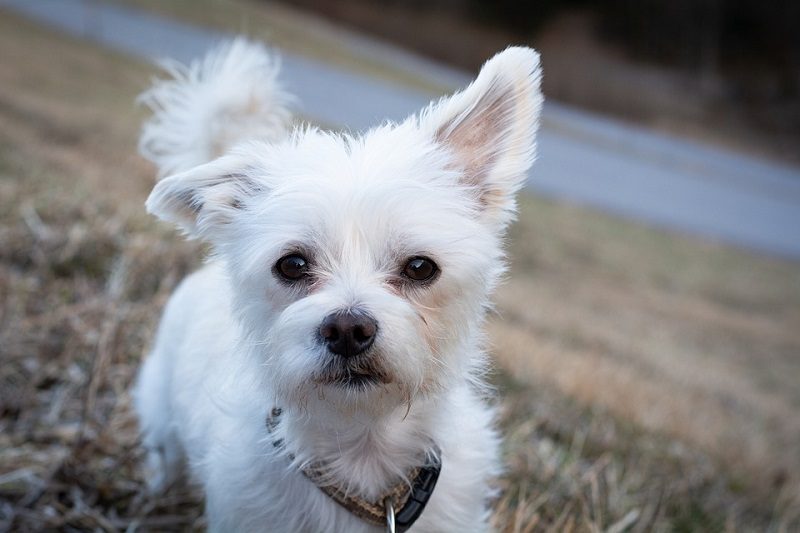
 Which Breed Is Right for You?
Which Breed Is Right for You?
Whether you select a female or a male, the breed once known as the Maltese Lion Dog is an extraordinary animal. Although the myth that male Maltese are not as lovable as females has given the males a bad name, the opposite is true. Males are the cuddly ones that can fall asleep in your lap, and females are more mature and less likely to display their love to more than one human. Males and females can be challenging to handle before they’re fixed, but they seldomly display aggression toward humans.
Although they have slight differences, both sexes are generally well-tempered and loving. If you travel frequently and have to leave the dog alone, a female can handle your absence better than a male. Males are the lapdogs of the breed, but they suffer from separation anxiety if you’re gone for too long. Finding a female from a breeder is more difficult due to their popularity, but you can save a few bills by buying a male.
With proper grooming and dental maintenance, these dogs live long, healthy lives. Both the male and female Maltese would make excellent additions to your family.
See Also:
Featured Image Credit: Pezibear, Pixabay
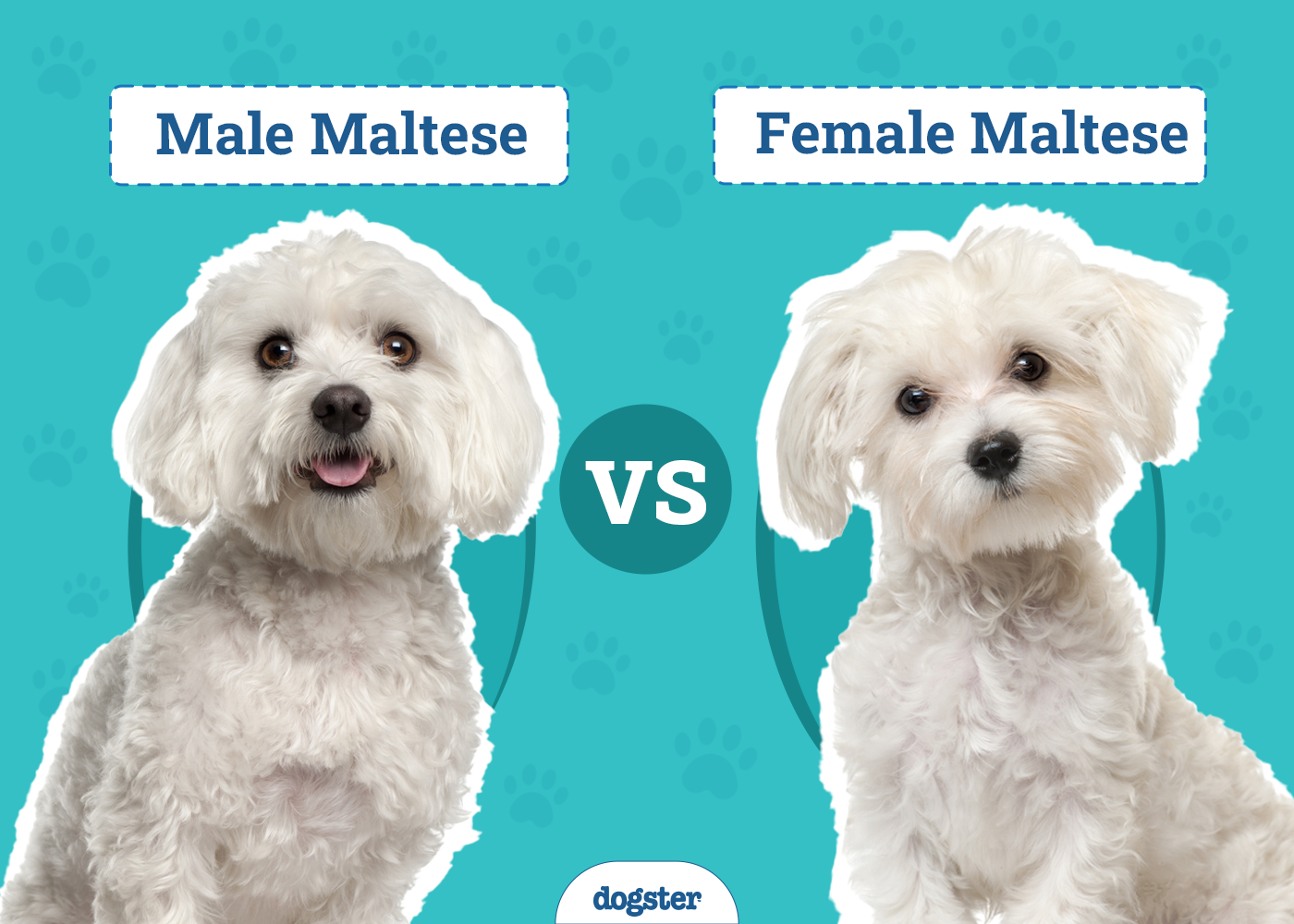
 Visual Differences
Visual Differences

